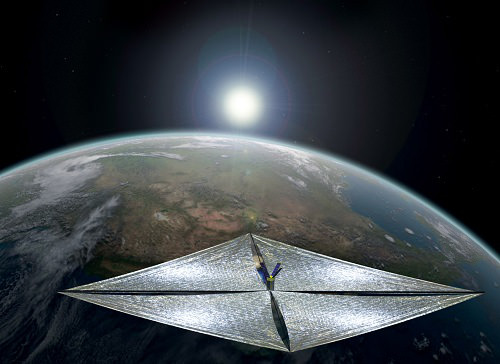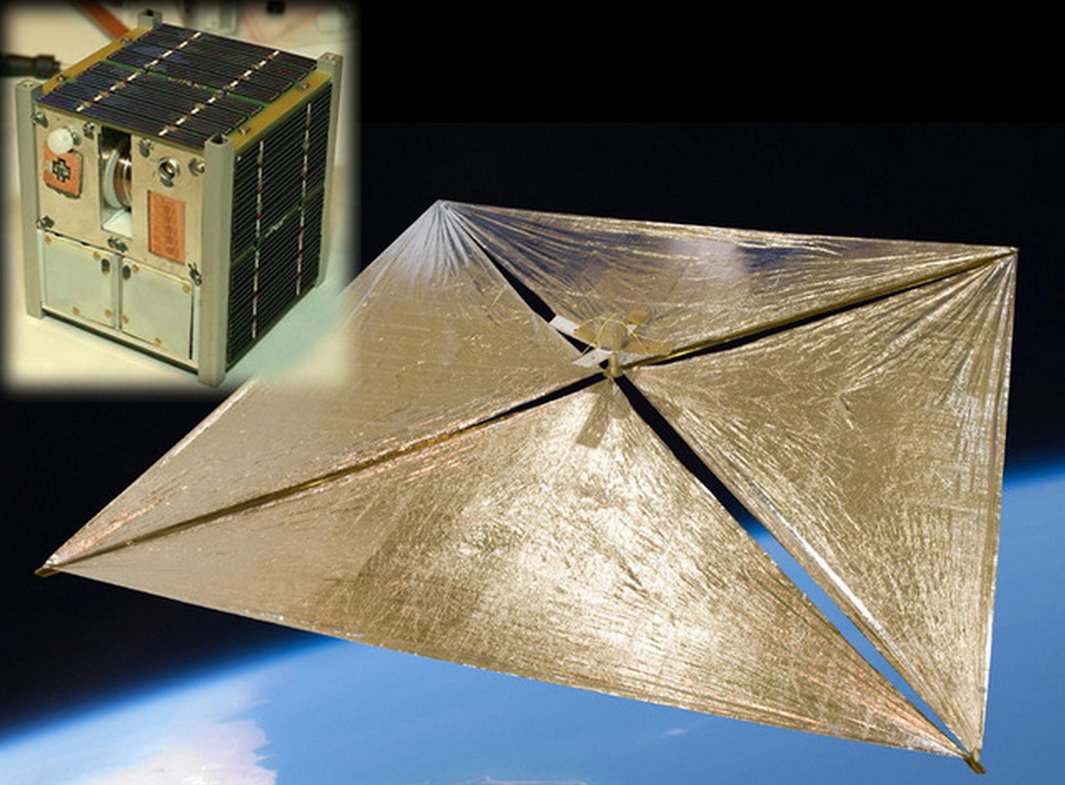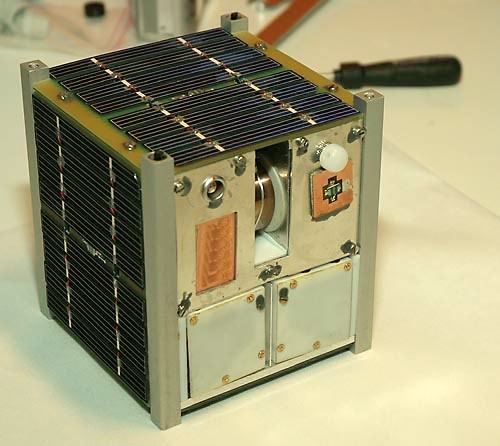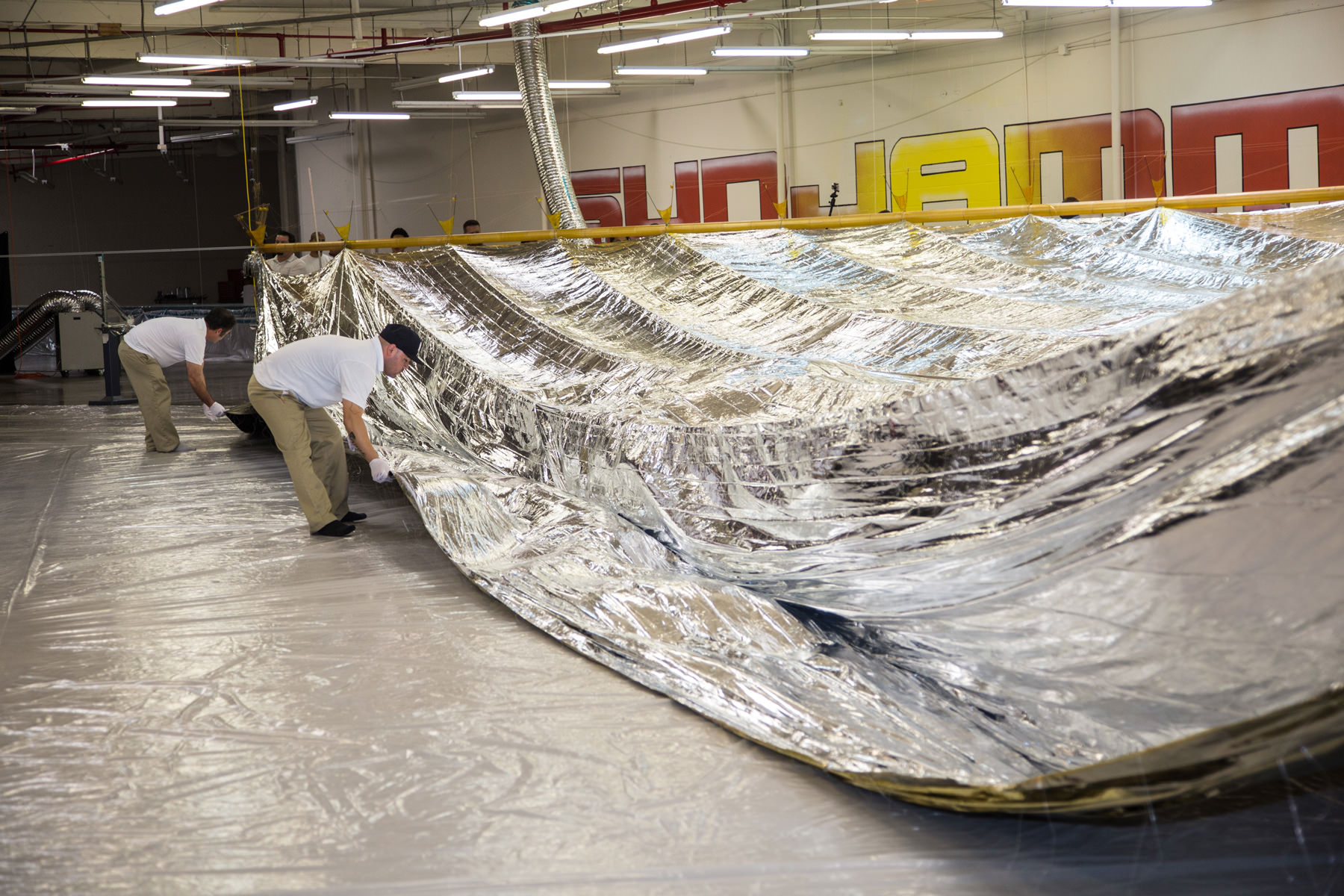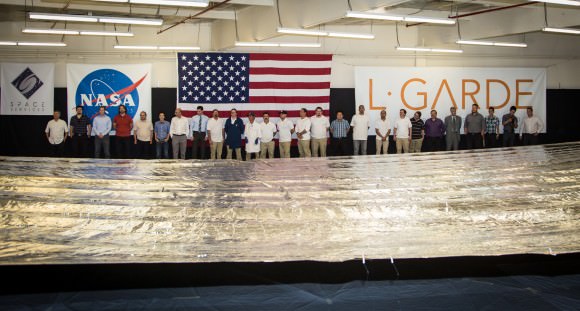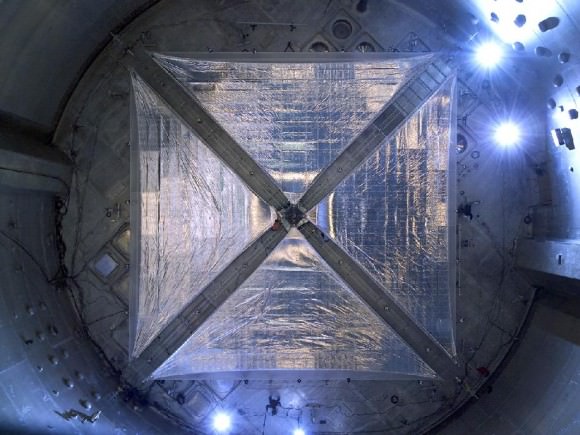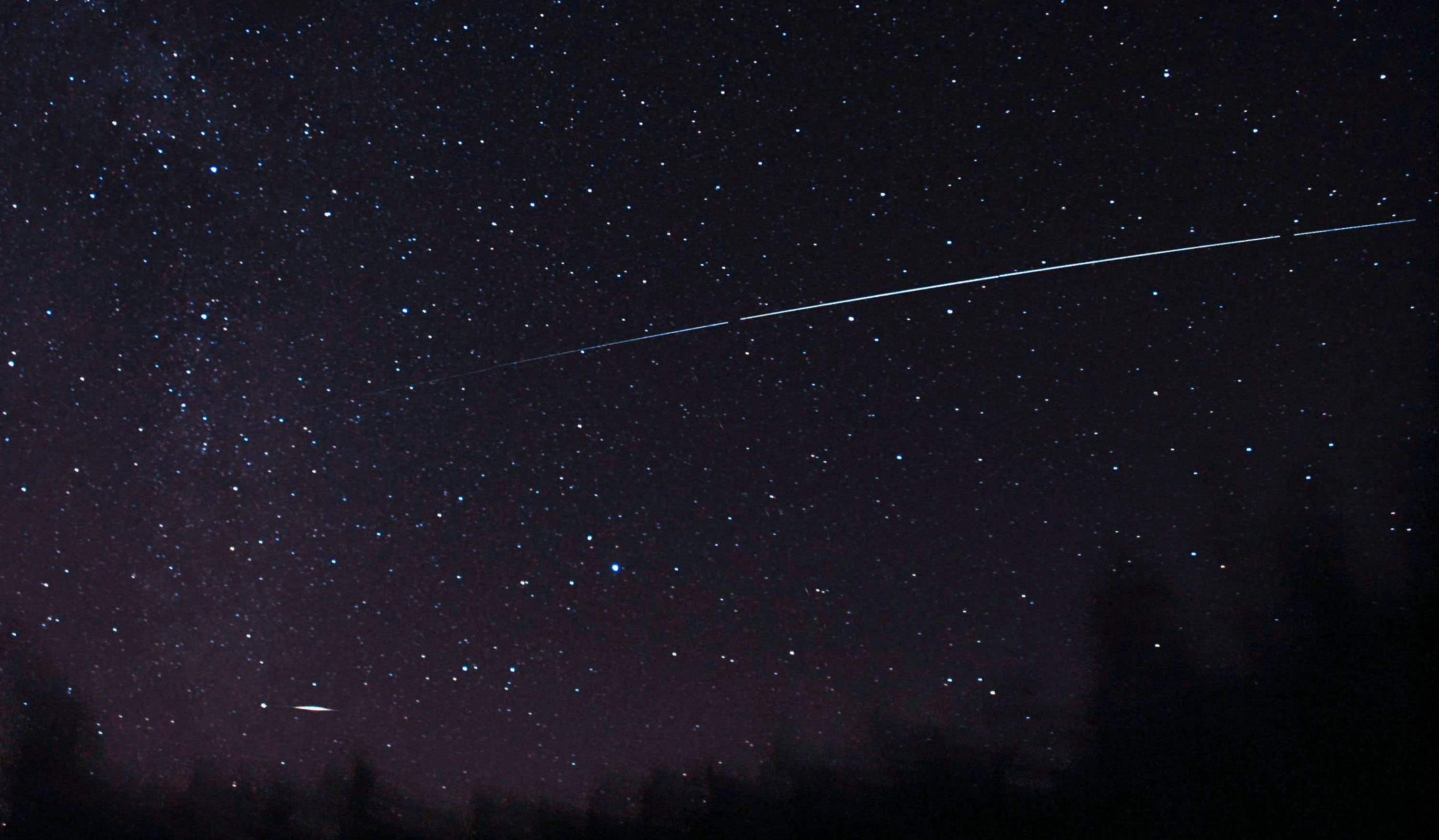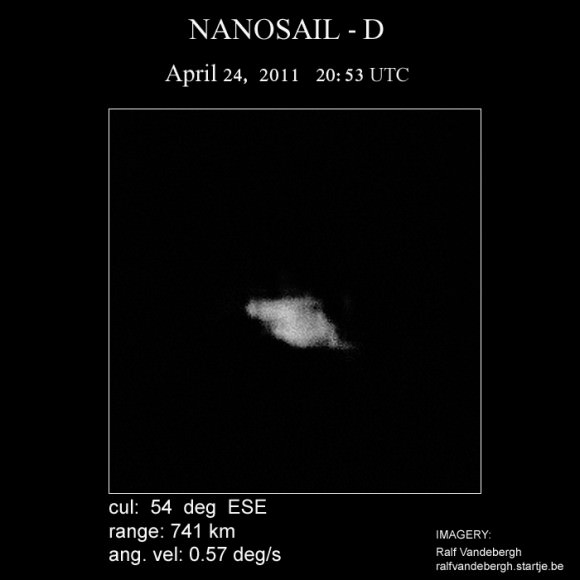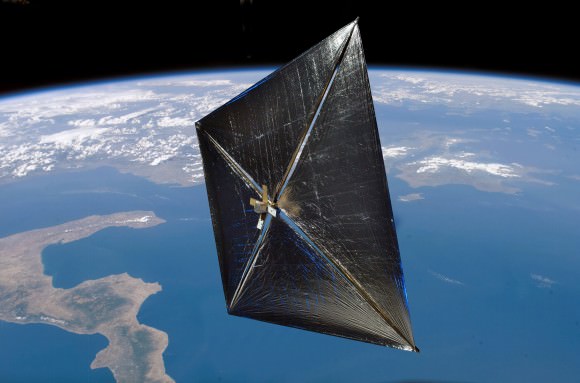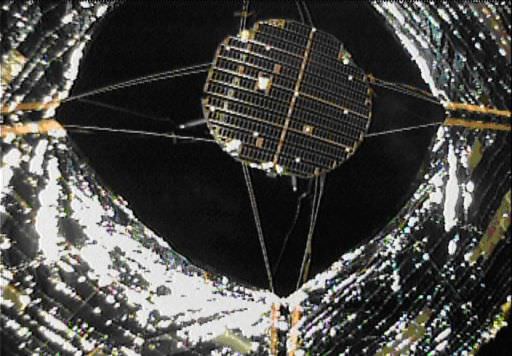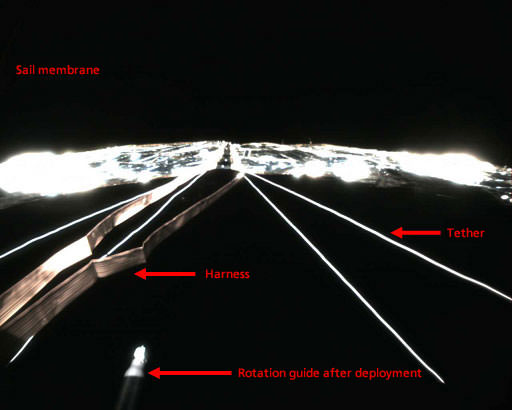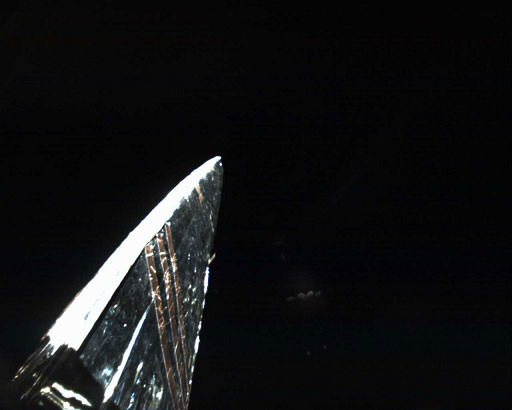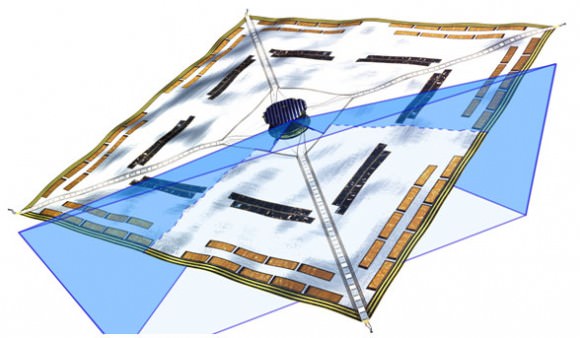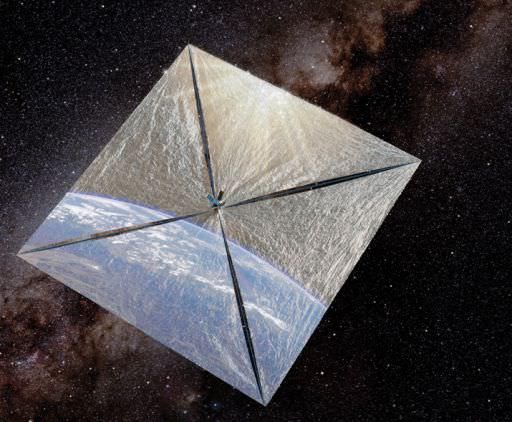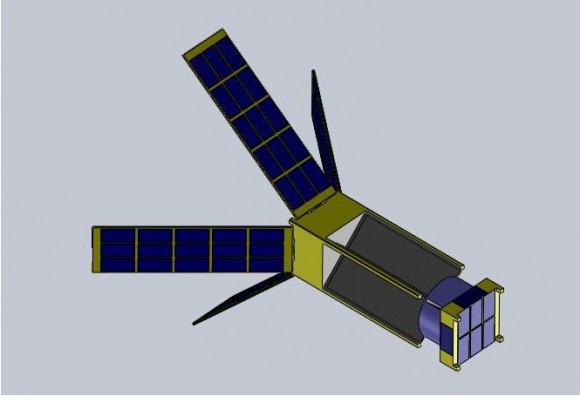The hunt is on in the satellite tracking community, as the U.S. Air Force’s super-secret X-37B space plane rocketed into orbit today atop an Atlas V rocket out of Cape Canaveral. This marks the start of OTV-4, the X-37B’s fourth trip into low Earth orbit. And though NORAD won’t be publishing the orbital elements for the mission, it is sure to provide an interesting hunt for backyard satellite sleuths on the ground.
Previous OTV missions were placed in a 40 to 43.5 degree inclination orbit, and the current NOTAMs cite a 61 degree azimuth angle for today’s launch out of the Cape which suggests a slightly shallower 39 degree orbit. Such variability speaks to the versatile nature of the second stage Centaur motor.
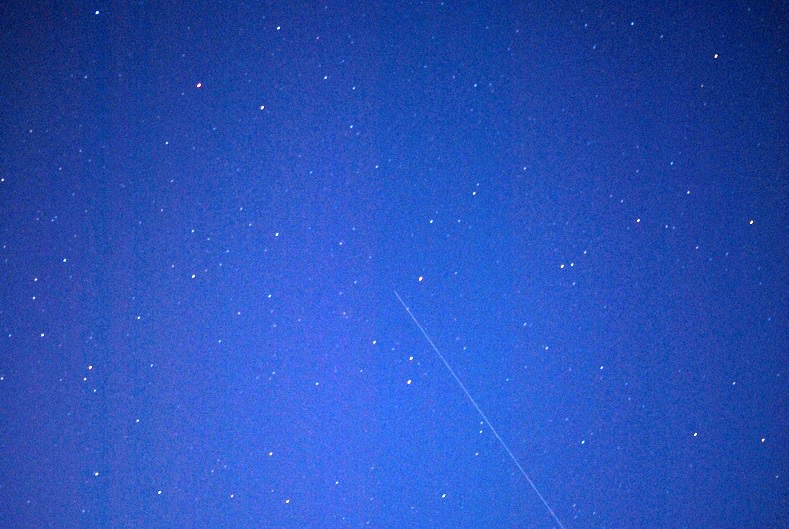
There’s also been word afoot that future X-37B missions may return to Earth at the Kennedy Space Center, just like the Space Shuttle. To date, the X-37B has only landed at Vandenberg Air Force Base in California.
But there’s also another high interest payload being released along with a flock of CubeSats aboard AFPSC-5: The Planetary Society’s Lightsail-1.
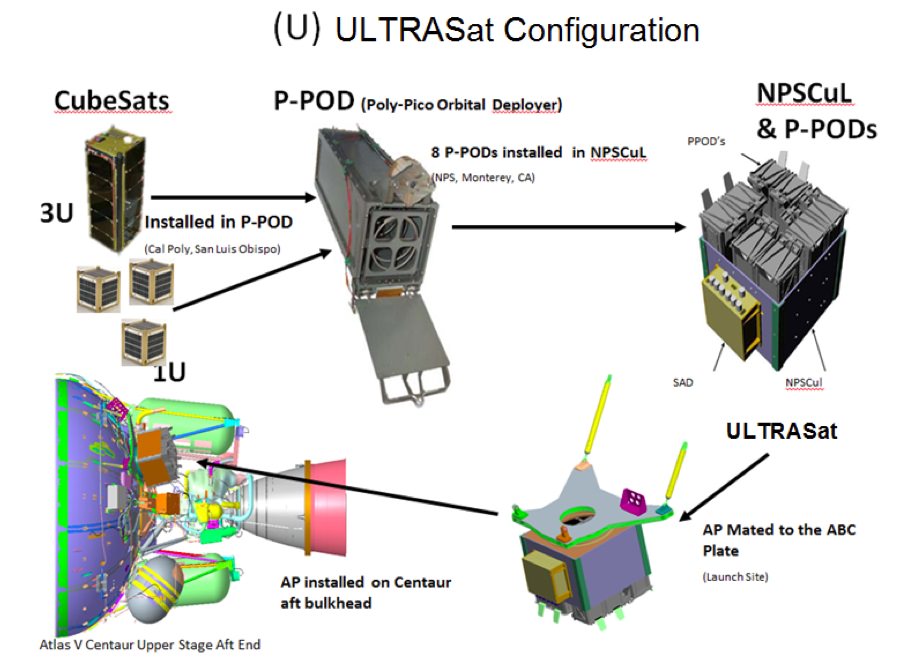
About the size of a loaf of bread and the result of a successful Kickstarter campaign, LightSail is set to demonstrate key technologies in low Earth orbit before the Planetary Society’s main solar sail demonstrator takes to space in 2016.
The idea of using solar wind pressure for space travel is an enticing one. A big plus is the fact that unlike chemical propulsion, a solar sail does not need to contend with hauling the mass of its own fuel. The idea of using a solar sail plus a focused laser to propel an interstellar spacecraft has long been a staple of science fiction. But light-sailing technology has had a troubled history—the Planetary Society lost its Cosmos-1 mission launched from a Russian submarine in 2001. JAXA has fared better with its Venus-bound IKAROS, also equipped with a solar sail. To date, the IKAROS solar sail is the largest that has been deployed, at 20-metres on the diagonal.
Another use for space sail technology is the commanded reentry of spacecraft at the end of their mission life, as demonstrated by NanoSail-D2 in 2011.
Prospects of seeing LightSail may well be similar to what we had hunting for NanoSail-D2. Unfolded, LightSail will be 32 square meters in size, or about 5.6 meters on a side. NanoSail-D2 measured 3.1 meters on a side, and the reflective panels on the Iridium satellites which produce brilliant Iridium flares exceeding Venus in brightness measure about the size of a large rectangular door at 1 x 3 meters. Even the Hubble Space Telescope can flare on occasion as seen from the ground if one of its massive solar arrays catches the Sun just right.
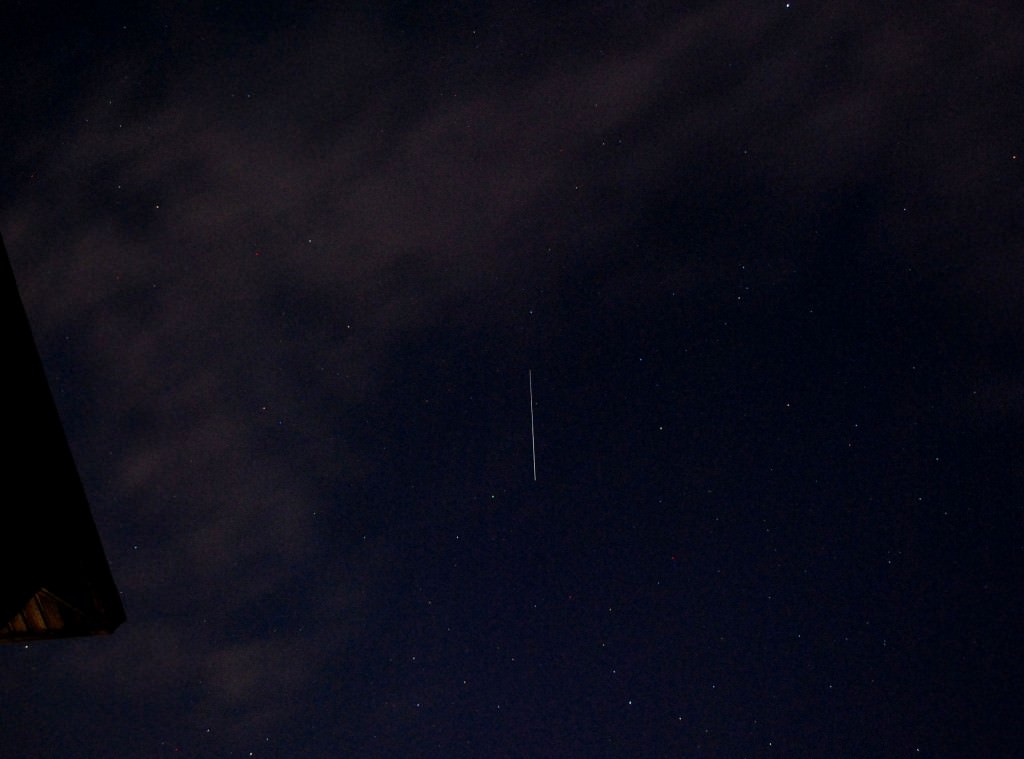
The 39 degree orbital inclination angle will also limit visible passes to from about 45 degrees north to 45 degrees south latitude.
Hunting down X-37B and LightSail will push ground observing skills to the max. Like NanoSail-D2, LightSail probably won’t be visible to the naked eye until it flares. What we like to do is note when a faint satellite is set to pass by a bright star, then sit back with our trusty 15x 45 image-stabilized binoculars and watch. We caught sight of the ‘tool bag’ lost during an ISS EVA in 2009 in this fashion. There it was, drifting past Spica as a +7th magnitude ‘star’. The key to this method is an accurate prediction—Heavens-Above now overlays orbital satellite passes on all-sky charts—and an accurate time source. We prefer to have WWV radio running in the background, as it’ll call out the time signal so we don’t have to take our eyes off the sky.
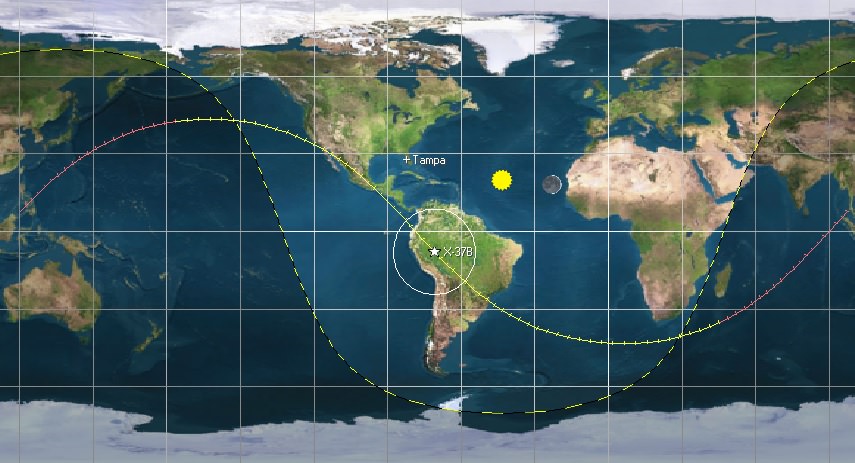
Veteran satellite watcher Ted Molczan recently discussed the prospects for spotting LightSail once it’s deployed. “By then, the orbit will be visible from the northern hemisphere during the middle of the night. The southern hemisphere may have marginal evening passes. Note that the high area to mass ratio with the sail deployed, combined with the low perigee height, is expected to result in decay as soon as a couple days after deployment.”
Read a further discussion concerning OTV-4 and associated payloads by Mr. Molczan on the See-Sat message board here.
The Planetary Society’s Jason Davis confirmed for Universe Today that LightSail will deploy 28 days after launch. But we may only have a slim two day observation window for LightSail between deployment and reentry.
A deployment of LightSail 28 days after launch would put it in the June 16th timeframe.
“That’s the nominal mission time, yes,” Davis told Universe Today. “Our orbital models predict 2-10 days. For our 2016 flight, the mission will last at least four months.”
The Planetary Society plans to have a live ‘mission control center’ to track LightSail after P-POD deployment, complete with a Google Map showing pass predictions.
Satellite spotting can be a fun and addictive pastime, where part of the fun is sleuthing out what you’re seeing. Hey, some relics of space history such as the early Vanguards, Telstars, and Canada’s first satellite Alouette-1 are still up there! Nabbing these photographically are as simple as plopping your DSLR on a tripod, setting the focus and doing a time exposure as the satellite passes by.
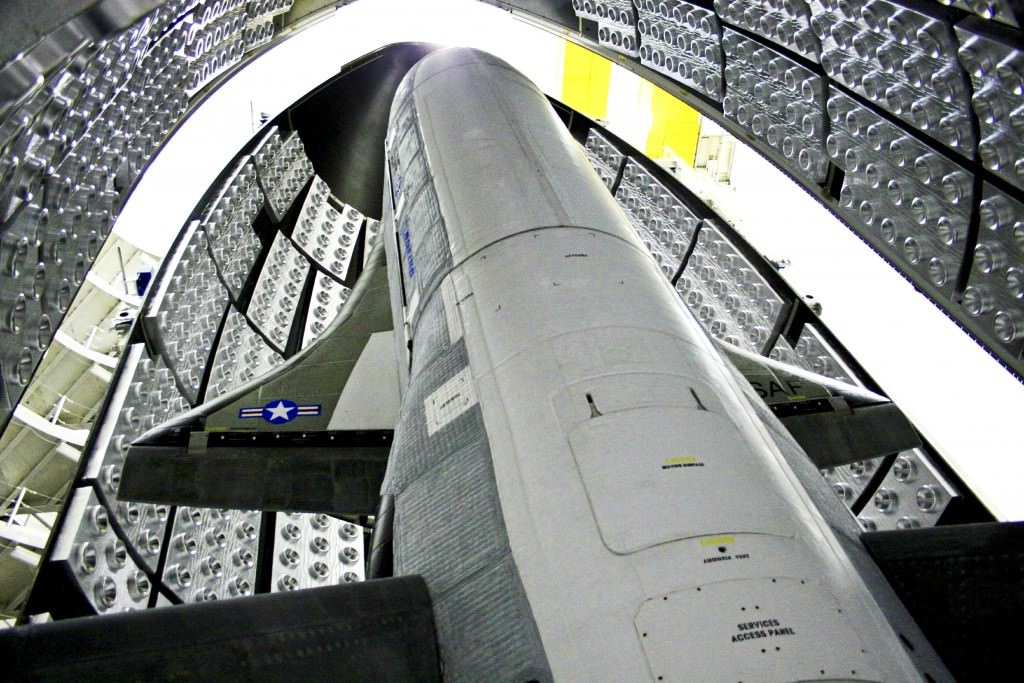
Here’s to smooth solar sailing and clear skies as we embark on our quest to track down the X-37B and LightSail-1 in orbit.
-Follow us as @Astroguyz on Twitter, as we’ll be providing further info on orbits and visibility passes as they are made public.

